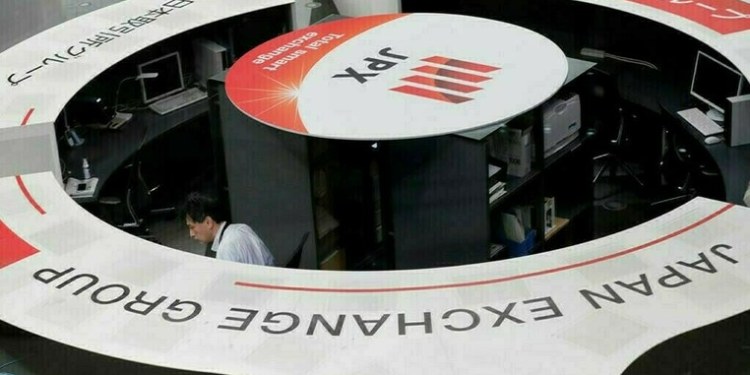Investing.com – Crude oil prices settled above $68 a barrel for the first time since late 2014 as traders cheered data showing an unexpected fall in crude stockpiles, while a draw in product inventories also supported sentiment.
On the New York Mercantile Exchange for May delivery rose 2.95% to settle at $68.47 a barrel, while on London’s Intercontinental Exchange, rose 2.71% to trade at $73.51 a barrel.
Inventories of U.S. crude unexpectedly fell by 1.071 million barrels for the week ended April 12, confounding expectations for of 0.5 million barrels, according to data from the EIA.
Gasoline inventories – one of the products that crude is refined into – by 2.968 million barrels, beating expectations for a decline of 0.227 million barrels, while supplies of distillate – the class of fuels that includes diesel and – by 3.107 million barrels, beating expectations for a draw of 0.268 million barrels.
The surprise draw in both crude and product inventories pushed crude oil prices to a more than three-year high above $68 a barrel, further easing investor concerns that the rising U.S. output would derail OPEC’s efforts to curb supplies.
Total domestic crude production edged up by 15,000 barrels a day last week to 10.54 million barrels a day, the EIA reported.
In November 2016, OPEC and other producers, including Russia agreed to cut output by 1.8 million barrels per day (bpd) to slash global inventories to the five year-average. The OPEC-led deal was renewed last year through 2018.
The sharp uptick in crude prices comes as investor attention shifts to the outcome of the joint OPEC and non-OPEC ministerial monitoring committee meeting slated for later this week.
Fusion Media or anyone involved with Fusion Media will not accept any liability for loss or damage as a result of reliance on the information including data, quotes, charts and buy/sell signals contained within this website. Please be fully informed regarding the risks and costs associated with trading the financial markets, it is one of the riskiest investment forms possible.
Source: Investing.com




























